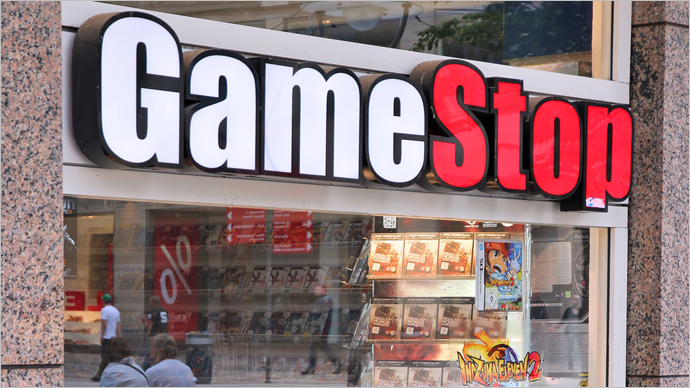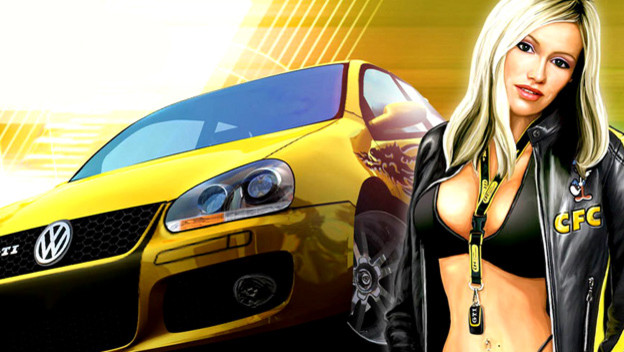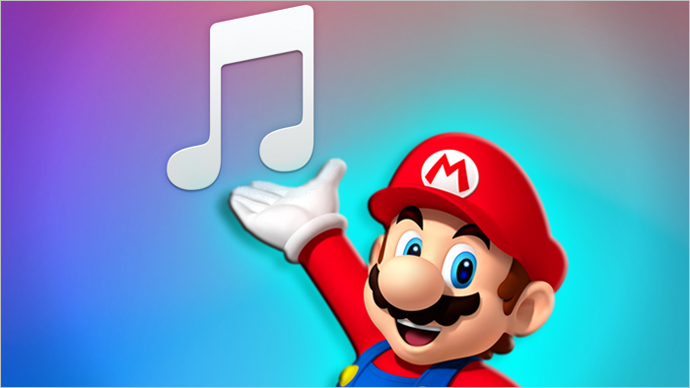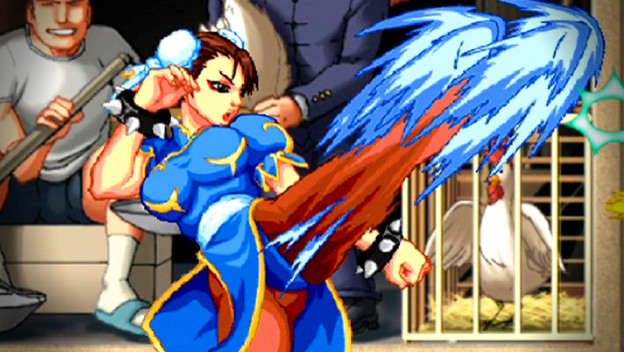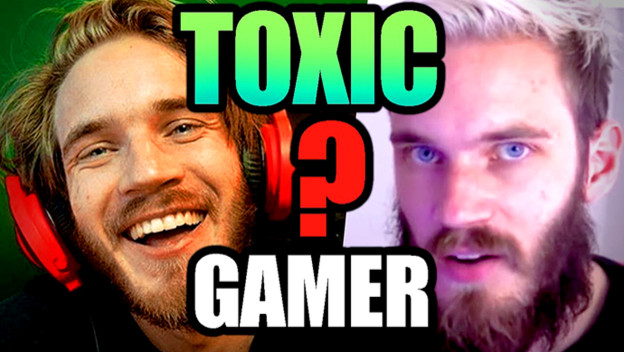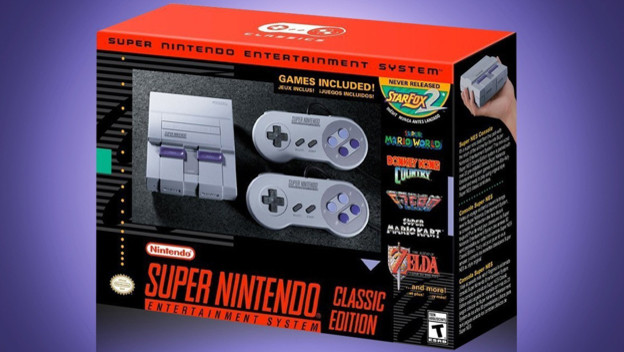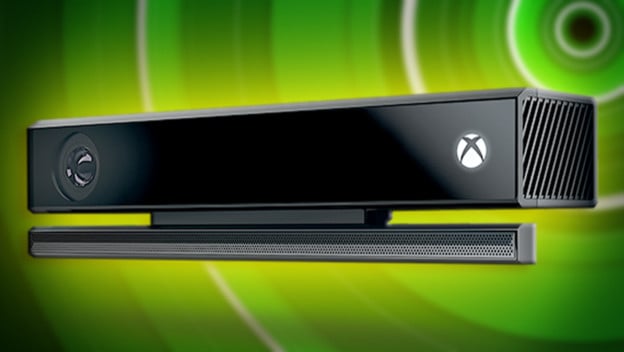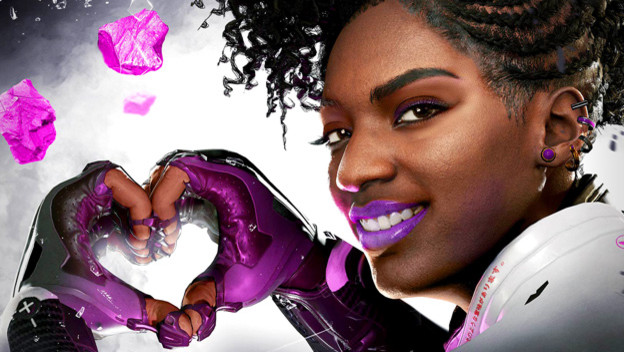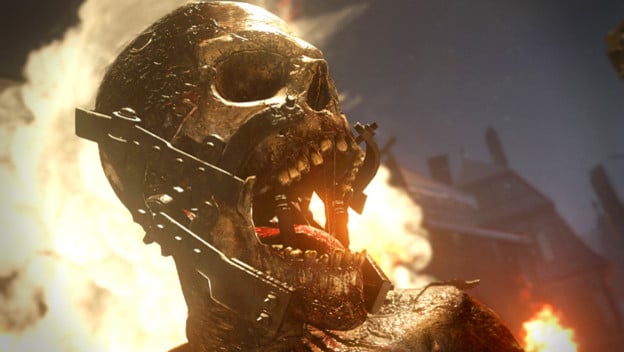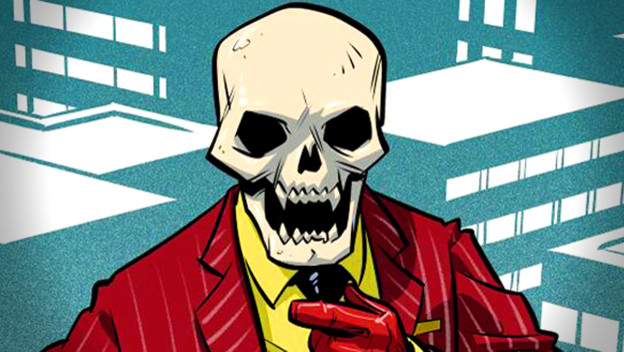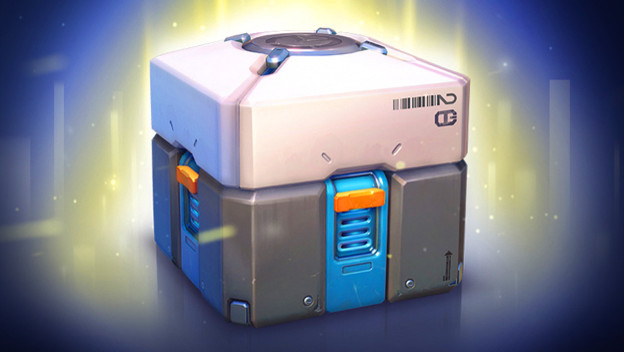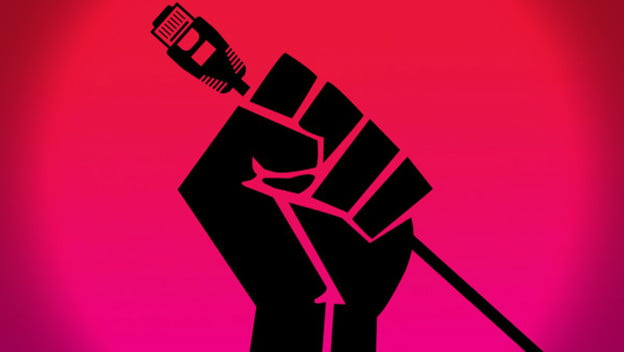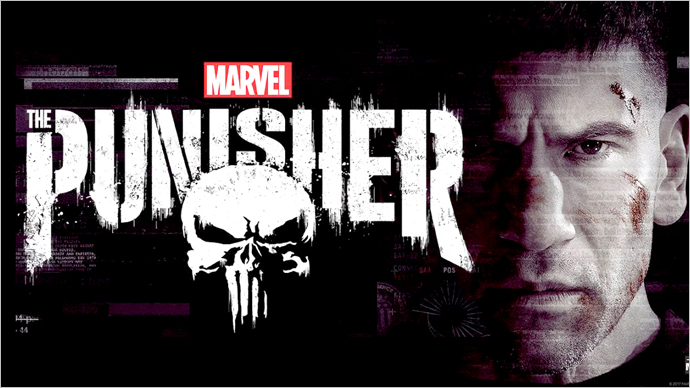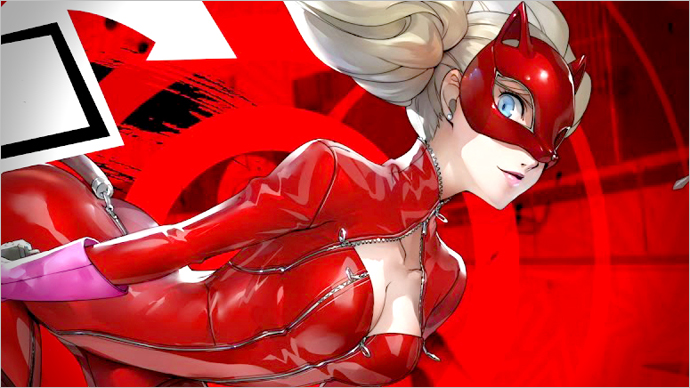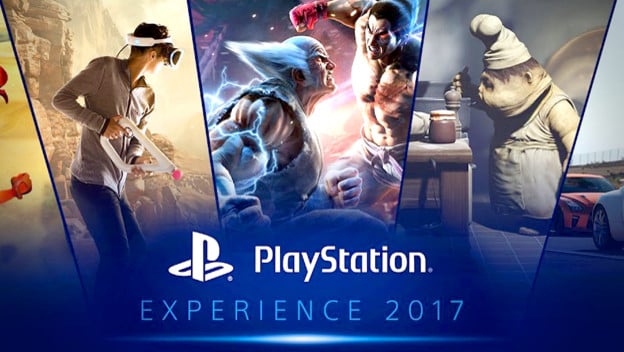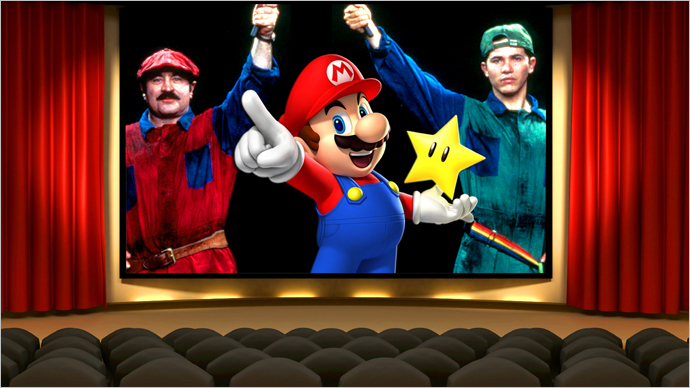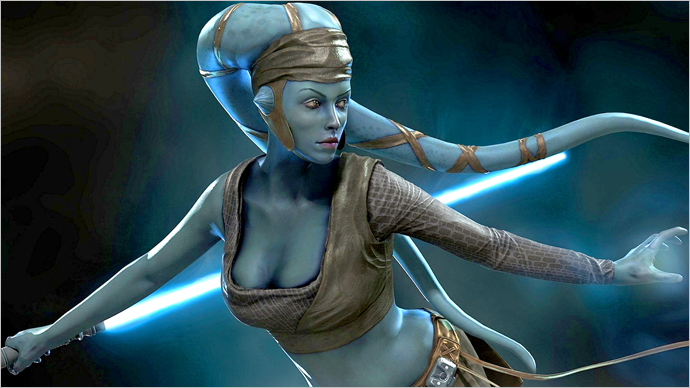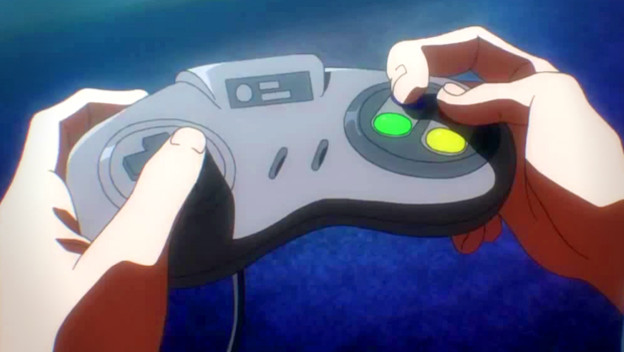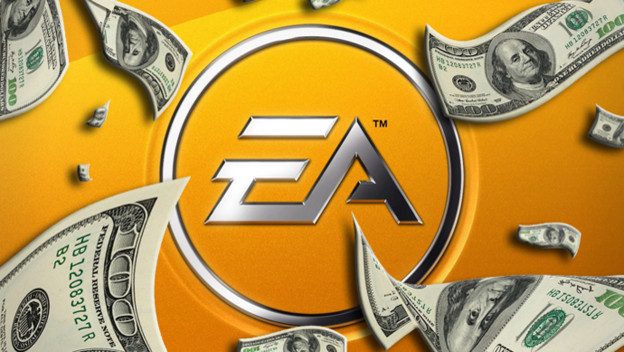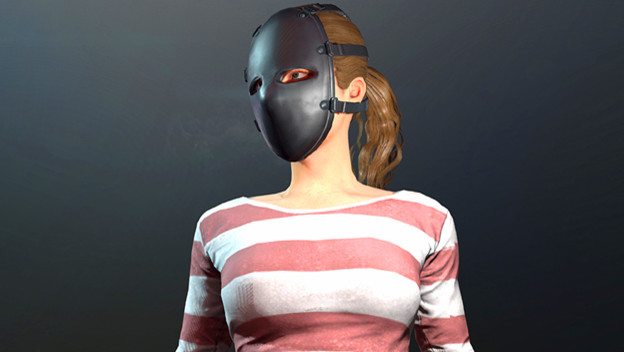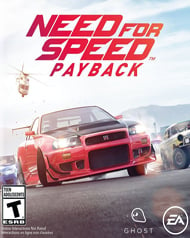
| System: PS4, Xbox One, PC |  |
| Dev: Ghost Games | |
| Pub: Electronic Arts | |
| Release: November 10, 2017 | |
| Players: 1-8 Player | |
| Screen Resolution: 480p-1080p | Mild Suggestive Themes, Mild Violence, Language |
by Benjamin Maltbie
The story shouldn’t be a major consideration in the critique of a racing game, but story is an obvious major concern in Need for Speed: Payback’s design. The evidence is in the promotional material. Initial hype suggested I’d be able to immerse myself in an engaging, action-packed story. Were this to be the case, I could, perhaps, forgive the lackluster gameplay. And, were the gameplay not lackluster, I could perhaps forgive the transgressions in the trite, predictable narrative.
In Need for Speed: Payback, players are immediately introduced to Tyler “Ty” Morgan., Sean “Mac” McAllister, and Jessica “Jess” Miller. These are your player characters. Each represents a different style of racing. Jess functions as a getaway driver, Mac is a drifter, and Ty is a diehard racer. It’s a nice touch that each of these driving styles suit the personality of the characters.
Tyler is filled with a streamlined ambition to race and race better than anyone else and, at the start of the game, it seems as though he has accomplished this; his reputation as a driver is well-known. Multiple times, he even insists that he is the “best racer.” And, as the best racer, he has secured a gig working for Marcus “The Gambler” Weir, whose thing is to make calculated, high-stakes bets. Unfortunately for him, Tyler and his crew aren’t looking to make Weir a fortune; they intend on jacking the car and are confident that they can do so. They are, after all, a well-oiled machine. But, when a character in a story starts at the top, there is only one way for them to go - down.
This short scenario encapsulates the essence of the story. Need for Speed: Payback prefers the comfort of the tried and true main roads, rather than risk the perils of a detour. With EA’s story-centric marketing elevating expectations, it is hard not to feel disappointed by the final product.
There are facets of the story that are well handled, certainly. See, soon after my “speedster” was replaced by a “beater,” I found myself in the seat of another “speedster,” and, then, in some sort of suburban Mom-car. I am not a “car guy” by any stretch of the imagination, but when I only have a beater to drive, I start to appreciate the “speedsters” (I assume this is something people say) I had the privilege of using in the game’s opening; my apathy is replaced by motivation which, really, just proves that you don’t know what you have until it’s gone. In this way, mechanics can be emotionally manipulative and, to Need for Speed: Payback’s credit, there are a few cases where narrative and gameplay form a perfect marriage; it’s one of the many small things the game gets right.
The upgrade system sucks, plainly and simply. Despite this, it has an enormous presence in Need for Speed: Payback. Events are effectively locked behind stats. There's a recommended level for your car and, if you aren't near it, you won't win. Sure, the system increases the game's longevity which, considering 2015’s Need for Speed, is an understandably attractive option but, as they say, length isn't everything.
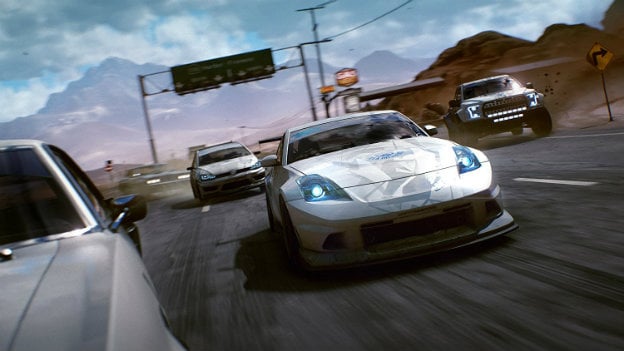
Now, it would be one thing if the player was only tasked with upgrading one car to some kind of super status, but that isn't how Need for Speed: Payback plays out. Racing events also require different sorts of cars, which keeps the player working laterally to upgrade a spread of different types of cars: drag, race, and drifting, for example. It doesn't really feel like progress, which is a crucial feeling to have in a game. It is technically progress, but it is such a drag.
After enough cycles of racing, grinding, upgrading, time-saving shortcuts will increase in appeal. Shortcuts, so to speak, do exist. The acquisition of parts, which take the form of cards, requires the player to spend an in-game currency to purchase what are essentially loot boxes. There are also cards given as rewards for races, but it doesn’t do much to alleviate the pain. The true anodyne for tedium in Need for Speed: Payback comes in the form of microtransactions.

Employing microtransactions only manages to make the system tolerable. The upgrades are so minor and lacking in direction that there's no sense of accomplishment to getting good parts; there’s no “quest” for specific parts, so to speak. You cross your fingers and hope you get a decent part but, odds are, you won't. And even if you do, there's not much of a thrill to it because, well, you didn't work for it.






